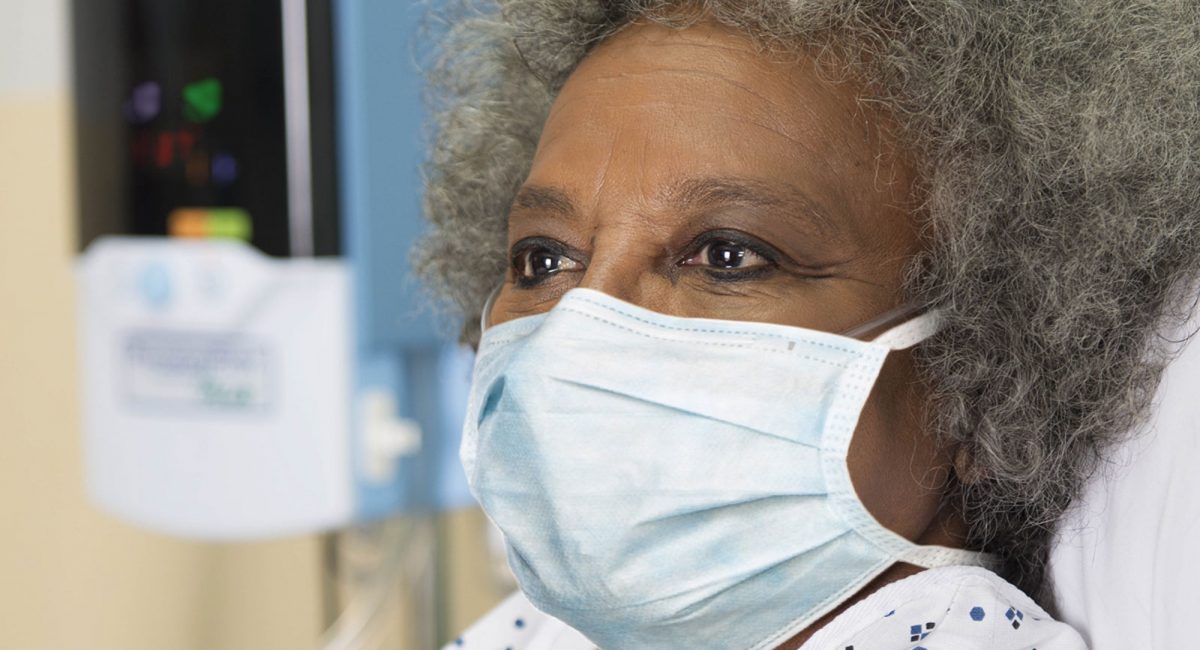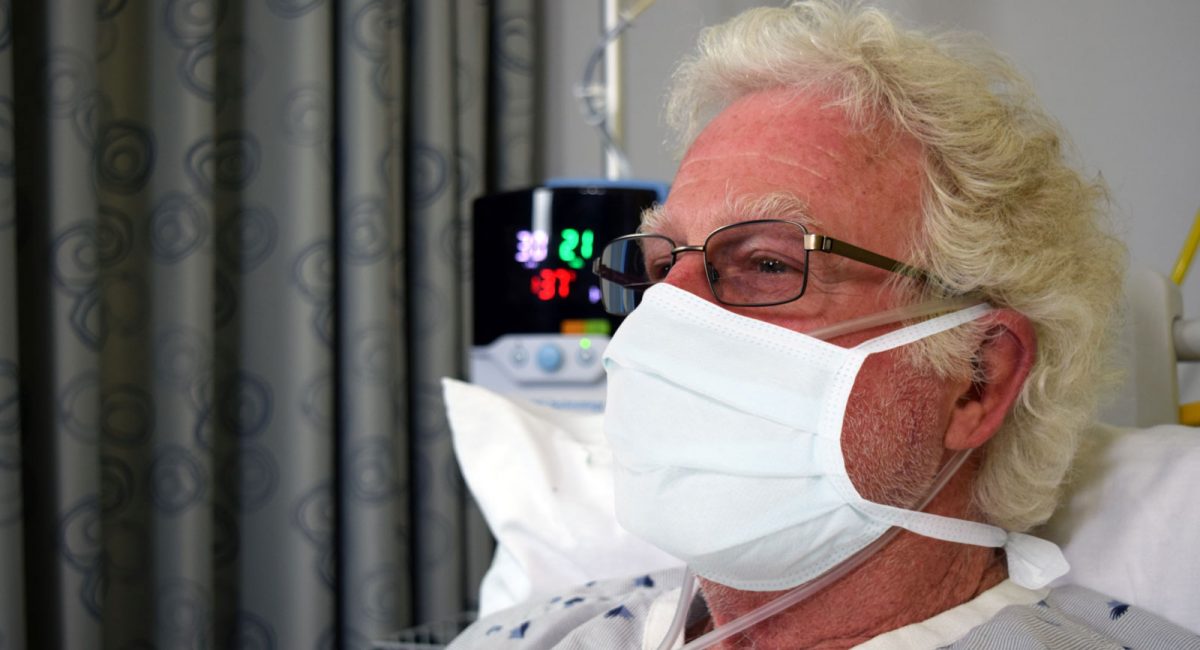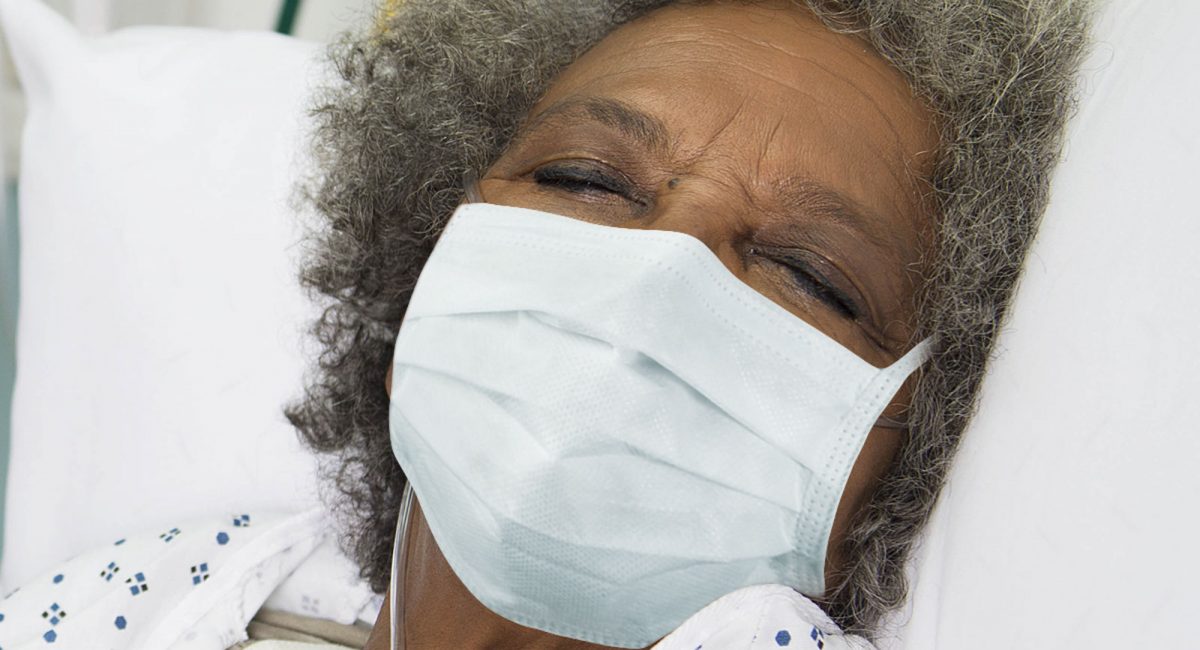Vapotherm Blog
CAUTION: US Federal law restricts this device to sale by or on the order of a physician. Indications, contraindications, warnings, and instructions for use can be found in the product labelling supplied with each device or at https://vapotherm.com/resources/support/precision-flow-reference/. For spontaneously breathing patients. High Velocity Therapy (HVT) does not provide total ventilatory requirements of the patient. It is not a ventilator. Decisions surrounding patient care depend on the physician’s professional judgment in consideration of all available information for the individual case, including escalation of care depending on patient condition.
Vapotherm provides high velocity nasal insufflation (HVNI) with simultaneous oxygen delivery to augment breathing of spontaneously breathing patients suffering from respiratory distress and/or hypoxemia in the hospital setting. It is not intended to provide total ventilatory requirements of the patient and not for use during field transport.
The information provided in this section is for educational purposes only. This information is not intended to support the safety or effectiveness of Vapotherm products, or diagnose, treat, cure, or prevent any disease. It is not a substitute for consultation with your healthcare provider and should not be construed as medical advice.

COPD Patients and COVID-19 – Understanding the Scope of High Velocity Therapy
We’ve known that people with underlying conditions are at greater risk for worse COVID-19 outcomes. Thanks to the research of Leung and colleagues, we now better understand some of the mechanisms that may be exacerbating the outcomes for smokers and COPDers who contract COVID-19.

High Velocity Therapy for Post-Extubation Support
With the ongoing COVID-19 pandemic, we’re paying a lot of attention to ventilators as tools to help critically ill patients. Eventually those patients are being extubated and it’s well-known that failed extubation is associated with an increased risk of mortality and morbidity. So, what tools are helping those patients through post-extubation?

The Need for Airway Humidification in COVID-19 Patients
It is well-known that for the respiratory system to function optimally and for alveolar gas exchange to happen, the inhaled gas has to be near 100% relative humidity. A healthy airway heats and humidifies each breath in order to preserve its functionality and ability to defend from pathogens through mucociliary clearance.

To Intubate COVID-19 Patients, or Not?
Some of the early studies from the Wuhan Province noted the very high mortality rates of COVID-19 patients who were put on mechanical ventilation (MV) — 81% and 97%. The authors of those studies urged the need for further studies and discussed that those outcomes could be correlated with the fact that those patients needing MV already had very severe disease progression.

Recovering from COVID-19 – Jordan Kinnett’s Story
Vapotherm’s Hi-VNI® Technology is a tool for treating respiratory distress. Vapotherm does not practice medicine or provide medical services or advice, any clinical recommendations provided herein are solely those of the speaker. Practitioners should refer to the full indications for use and operating instructions of any products referenced before use.

Interventions That May Lower COVID-19 Mortality – Experience from Jiangsu Province, China
In March 2020, a team from Jiangsu Province, China detailed their experience in lowering COVID-19 mortality rate in an Annals of Intensive Care letter to the editor. Sun and colleagues lay out that Jiangsu Province was able to cure 96.67% of COVID-19 patients. The authors suggest this is a mortality rate that is lower than the overall mortality rate in China (3.83%).

What are the Various Guidances for COVID-19 ARF Management? From China to Italy
With the COVID-19 pandemic spreading, medical organizations are steadily releasing recommendations to healthcare workers. Here is a quick overview of the current guidance for management of acute respiratory failure (ARF) in COVID-19 patients. Although high velocity therapy is a form of noninvasive ventilation (NIV), the below summaries use the term high velocity therapy/HFNC to better…

COVID-19 and Aerosol Generating Procedures – Considerations for Treatment
With the COVID-19 pandemic underway, clinicians have been raising concerns about aerosol generating procedures (AGPs) in the course of patient treatment. Because the disease spreads via droplets, AGPs could expose healthcare workers to a greater risk of nosocomial transmission.

COVID-19 Transmission Assessment Report
COVID-19 is a viral pneumonia which emerged in 2019 and reached Pandemic status by March 2020. The disease presents with a range of symptoms, up to profound hypoxemic respiratory failure. Management recommendations around the world call for the use of High Flow delivery of high flow oxygen – such as High Velocity Nasal Insufflation (HVNI).

In Silico Modeling of Aerosol Generated During High Velocity Therapy Treatment
In March, 2020 Leonard and colleagues released a Transmission Assessment Report on High Velocity Nasal Insufflation (HVNI) Therapy Application in Management of COVID-19. The report includes a literature review as well as the results of computational fluid dynamics modeling (CFD) — in silico testing — to evaluate the scale of potential environmental contamination associated with aerosol generation during high velocity therapy.